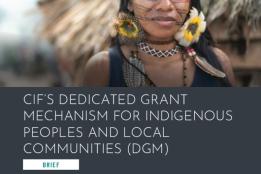Namibia is situated in the south-western region of Africa and has a long Atlantic Ocean coastline. Namibia shares borders with Angola to the north, South Africa to the south, Botswana to the east and Zambia in the northeast. The country’s climate is predominantly arid with two deserts: the Namib and the Kalahari. The country is rich in minerals, but its reliance on rain-fed agricultural and livestock makes it vulnerable to climate change. Poor households and communities struggle to manage climate risks such as droughts, unpredictable rainfall, and high temperature variability.
According to the World Bank, climate change impacts in Namibia could include epidemics of water and vector borne diseases, staple crop production decline, and a deterioration of rangelands. Rising sea-levels and warming is likely to affect fish stocks, coastal livelihoods, natural ecosystems, and tourist activity. This could result in annual decrease of GDP of 6.5%.
Namibia participates in the Nature, People & Climate investment program, as part of Africa’s Zambezi River Basin regional program.





